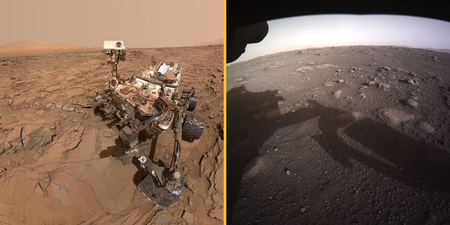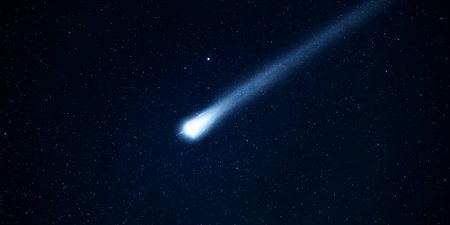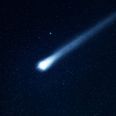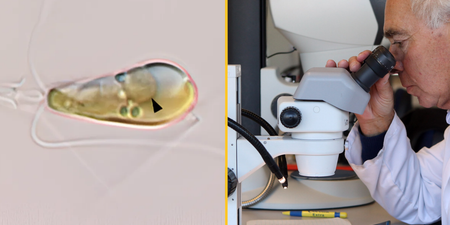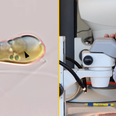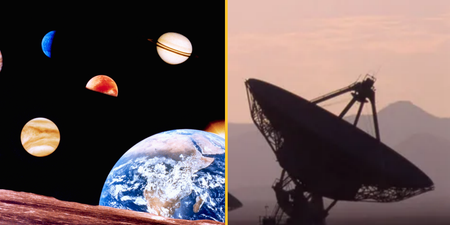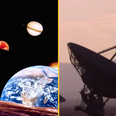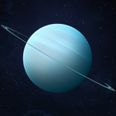Sounds awful
Scientists have discovered a planet which could be habitable and where the average life expectancy would be 3,158 years.
Two ‘super-Earths’ were discovered orbiting the star TOI-4306 by an international team of scientists, led by astrophysicist Laetitia Delrez.
The star is 6.5 times smaller than our sun and about half the temperature.
The first planet has been given the catchy name of LP 890-9b or TOI-4306b and is about a third bigger than the Earth. It completes an orbit of its star in just 2.7 days.
Therefore, its years are much shorter than those on Earth. The current life expectancy on Earth is 73.5 years, but on TOI-4306b this would be 9,943.
The planet had initially been discovered by NASA’s Transiting Exoplanet Survey Satellite (TESS), a space mission dedicated to the search of exoplanets in nearby orbiting stars.
Researchers at the University of Liège used their ground-based telescopes to confirm the presence of this planet and its characteristics.
International team led by @LaetitiaDelrez from #ULiège announces the discovery of two 'super-Earth' type planets orbiting LP 890-9. #SPECULOOS2 is a small cool star located about 100 light-years from our Earth. @Michael59607421 @ESO @AandA_journal https://t.co/JvGNkDA8ra pic.twitter.com/8pHpQSZNbb
— ULiège Research & Innovation (@ULiegeRecherche) September 7, 2022
The telescopes are known as SPECULOOS (Search for habitable Planets Eclipsing Ultra-cool Stars). Using these telescopes the team were also able to detect a planet called LP 890-9c or SPECULOOS-2c.
This planet is about 40 percent larger than the Earth and does one orbit of its star in roughly 8.5 days. This means that if you lived on this planet, you could celebrate up to 3,158 birthdays.
Francisco J. Pozuelos, one of the scientists who co-authored and helped publish the paper in the Astronomy and Astrophysics journal, explained: “Although this planet orbits very close to its star, at a distance about 10 times shorter than that of Mercury around our sun, the amount of stellar irradiation it receives is still low, and could allow the presence of liquid water on the planet’s surface, provided it has a sufficient atmosphere.
“This is because the star LP 890-9 is about 6.5 times smaller than the sun and has a surface temperature half that of our star. This explains why LP 890-9c, despite being much closer to its star than the Earth is to the sun, could still have conditions that are suitable for life.”
This also means that these planets are perfect for scientists to study and determine whether there are any potential traces of life in their atmospheres. LP 890-9c is currently the second most favourable target for study by the James Webb telescope.
Related links:
- Scientists warn that planet-sized sunspot directed at Earth has grown tenfold
- Scientists discover nearby planet that is almost entirely covered in water
- Scientists create material which can actually ‘think’




